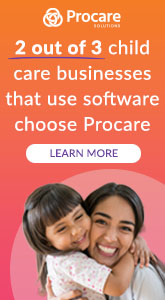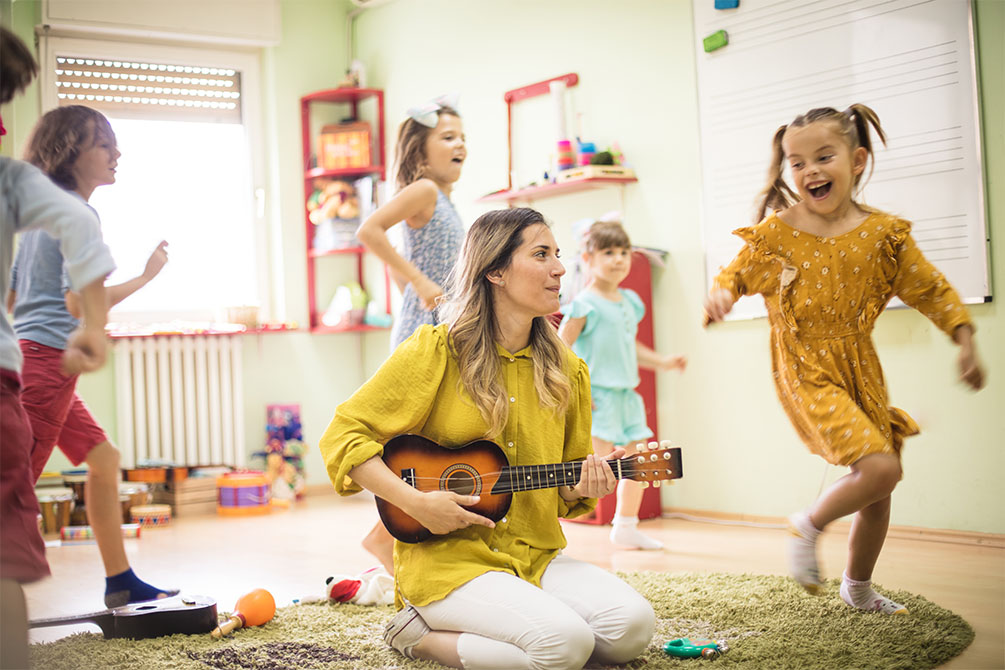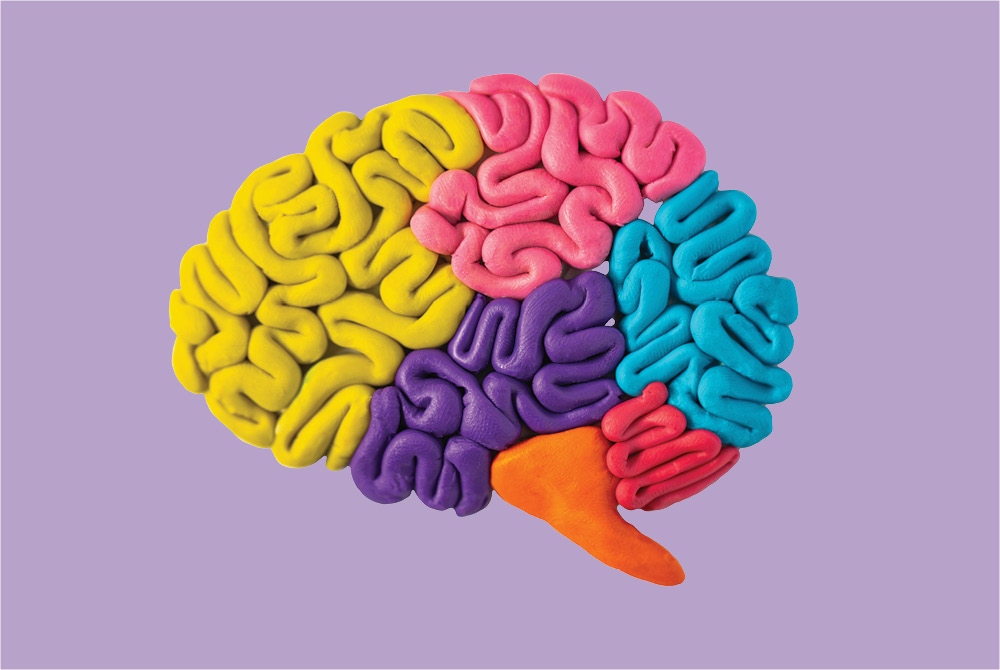Let’s say you were looking for music to play at a three-year-old’s birthday party, in your preschool classroom, or to entertain your neighbor’s little ones for a while. You might search online for “children’s music,” and quickly find scores of videos with digitally-animated ducks, school buses, and sea creatures. While the singing farm animals are cute and catchy—and compelling for a three-year-old—they might not offer the robust musical and cultural enrichment that music (yes, even music for infants, toddlers, and preschoolers!) can uniquely provide.
In reality, many of the songs that we in the Western hemisphere think of as “kids’ music” fall into a relatively narrow stylistic range, with tunes like “Old MacDonald,” “Wheels on the Bus,” and “Baby Shark” often leading the pack. Musically and culturally speaking, these songs are pretty bland. If they were food, they’d be buttered noodles and white toast! Just as children’s bodies need the richer nutrients found in broccoli and sweet potatoes, their ears, brains, and dispositions benefit from richer “musical food,” too.
During the “magic window” of development in the first few years of life, children’s brains develop exponentially. Our young brains create seemingly innumerable pathways as they store, make sense of, and utilize the information gathered from everything we experience. This is also the time in our lives when we establish dispositions and preferences that have a lifelong impact on the way we learn and interact with the world. That’s why it is so important for caregivers (including teachers!) to provide as many experiences for children as possible, including musical ones.
The sensory input that we take in—sights, sounds, tastes, textures…and music!—shapes our brain’s ability to encode and decode new stimuli, as well as our openness to many aspects of culture. Instead of relying on buses and baby sharks as the only music we choose for children, what if we thought more expansively? What if we chose music from around the world, songs with voices, instruments, rhythms, and melodies from the music created by diverse humans from cultures far and wide? In so doing, we would give children another way to experience the world that they can add to the categories being created by their growing brains. This supports both their music development and their growth into culturally curious little people (and, eventually, adults).
“This music feels like home.”

If we chose music from around the world, songs with diverse voices, instruments, rhythms, and melodies, we would give children another way to experience the world that they can add to the categories being created by their growing brains. [©Music Together Worldwide]
A few years ago, a parent volunteering in her child’s preschool class joined the circle during the weekly Music Together® class. The music specialist led the group in a tap-and-clap activity for the Bulgarian folksong “Bela Boya.” Once the song was over, the parent exclaimed, “This music feels like home!” She’d grown up in a family who had immigrated to the US from that part of the world, and the melody and rhythms of the song resonated deeply with her in a way that other music simply could not. “I love that these children are getting to sing MY music!”
Songs hold emotional, historic, and community information, and when we “pass them down” we are sharing the music and all the accompanying cultural information. What better time to do that than in early childhood! By sharing “Bela Boya” in class instead of a more traditional kiddie tune, the children were exposed to new sounds, and a parent felt her cultural music traditions were being shared.
And, Music Together has been intentionally culturally expansive from its origins in the 1980s. When curriculum coauthors Ken Guilmartin and Dr. Lili Levinowitz pioneered a new approach to teaching children music, they made a revolutionary decision: to include music beyond the English-language “kiddie music” that made up most other children’s music collections in the US at that time. They included a Spanish-language song in each session, as well as adaptations of traditional tunes from all over the world, which gave children opportunities to hear a variety of tonalities and meters, and to experience the music of many cultures.
In 2018, Music Together committed to an even more rigorous approach to music selection: The company established a Song Advisory Board, comprised of music historians, ethnomusicologists, researchers, and culture-bearers from a wide variety of disciplines, to review all the songs and chants in the curriculum (more than 200 pieces of music).
The Song Advisory Board challenges preconceived notions of what it means to be culturally inclusive by asking: Are the songs culturally relevant? Do any songs have the potential to cause emotional or cultural harm? Are the arrangements and musicians true to the original style? As a result of this ongoing process, some songs have been removed from the curriculum, and others re-recorded to better reflect cultural authenticity. The curriculum development team also looks for every opportunity to incorporate new material from across the globe. Other early childhood, preschool, and elementary music education organizations have followed suit, taking action to ensure that children are exposed to multicultural music that uplifts and expands, instead of harming and oppressing.
ADVERTISEMENT
New Music Experiences Feed Young Brains
Some might wonder, “Why go to all this trouble for young children? Can’t we just sing anything to them? What do they know, anyway?” As early childhood educators, you know how interested children are in…just about everything! Anyone who’s spent more than an hour with a preschooler will have heard, repeatedly, questions like, “Why?” and “What’s that?”
From a developmental perspective, young children’s brains have an imperative to seek out complexity, challenges, and opportunities to deepen understanding. Knowing that their curiosity is so vibrant and their desire for information is so deep, early childhood is an ideal time to offer more complexity, not less. In terms of music, that means more Bulgarian folksongs (and perhaps fewer “Old MacDonalds”).

Knowing that their curiosity is so vibrant and their desire for information is so deep, early childhood is an ideal time to offer more complexity, not less. [©Music Together Worldwide]
Preschool classrooms are perfect for introducing rich, diverse music to children throughout the school day. While it makes sense to sing and clap to old favorites like “Days of the Week” or “Five Little Pumpkins,” it’s just as educationally advantageous to dance to the Japanese folksong “Hotaru Koi,” soothe the class with the Spanish-language “Arrorro mi niño,” and get the children up and jumping to the Lebanese folksong “Ala Dal’ona.”
Expanding Your Musical Repertoire
To expand musical exposure in this way, teachers need access to richer resources for lesson plan development—collections and curricula that include playful, stimulating, and exciting music from diverse sources and cultures. Many teachers turn to YouTube for music options, because that’s what’s fast and easy—there’s enough to do in the classroom as it is, without becoming an ethnomusicologist or songwriter during naptime!
So, the next time you find yourself searching for some music for circle time, a classroom celebration, or something to play to wind down, think beyond the typical kiddie playlist. Of course, there’s always a place for some “B-I-N-G-O” or “Mary Had a Little Lamb,” but make it a part of your musical line-up rather than the whole thing.
To find songs with voices, instruments, rhythms, and melodies from diverse cultures, ask parents and colleagues what songs they remember from their heritage, seek world music playlists, or look into adopting curated collections and curricula that have made a commitment to authenticity and appropriateness of songs for children in a diverse and global community (like those from Music Together). You’ll support your students’ music development, encourage them to be open to new things, and help instill in them a disposition that values the bridging of cultures from the very beginning. Their parents, and the world, will thank you!
Related
ADVERTISEMENT













